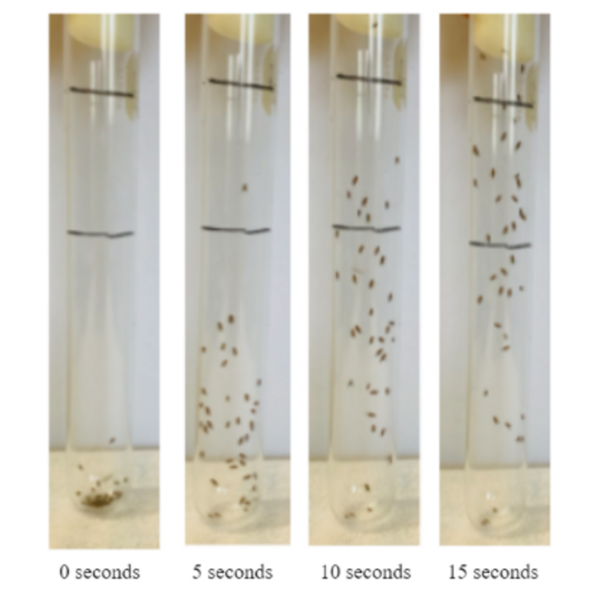The effects of Helianthus Annuus on Amyotrophic Lateral Sclerosis using Drosophila Melanogaster
(1) Monta Vista High School, Cupertino, CA
https://doi.org/10.59720/22-097
Amyotrophic lateral sclerosis (ALS) affects nearly 200,000 people worldwide. The main cause of ALS is unknown as 90% of people diagnosed do not have genetic mutations or a family history of ALS. Currently, there is no cure for patients with ALS, and doctors recommend that patients do physical therapy to retain muscle strength and control. The purpose of the study was to determine if Helianthus annuus seeds helped reduce nerve degeneration and increase locomotion. H. annuus, also known as the sunflower, has antioxidant properties which can help to protect the nerves. H. annuus is also rich in magnesium, which helps regulate muscle and nerve conduction. In this experiment, we used Drosophila melanogaster as the model organism. We hypothesized that incorporating H. annuus into the diet of D. melanogaster would decrease nerve degeneration, leading to an increase in locomotion and a decrease in the disorderliness of the ommatidia in the eye. Through this experiment, we found a general trend suggesting that H. annuus helped increase the mobility of the D. melanogaster. Thus, with further experimentation, H. annuus could become a viable supplement for patients with ALS to help with the control of muscles and prevent the progression of the disease.
This article has been tagged with: